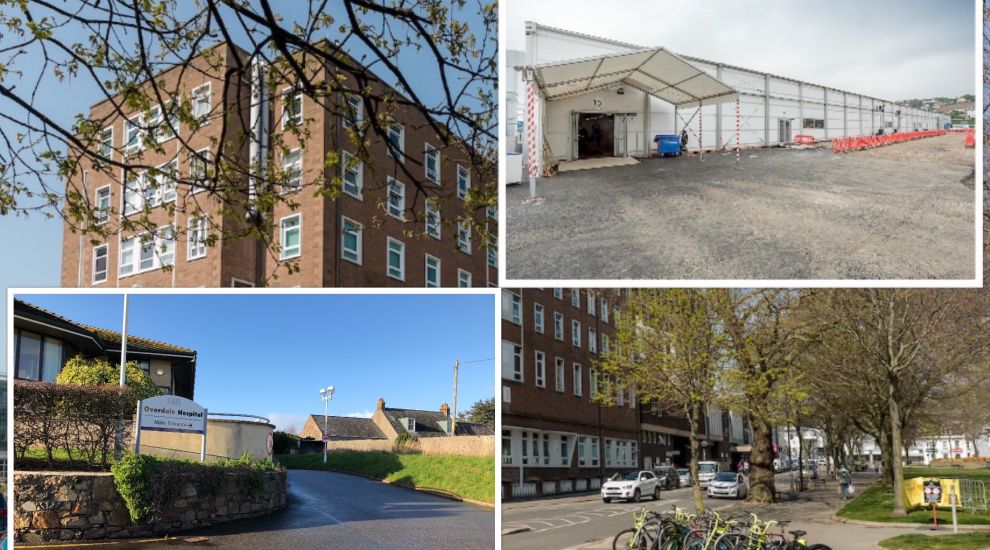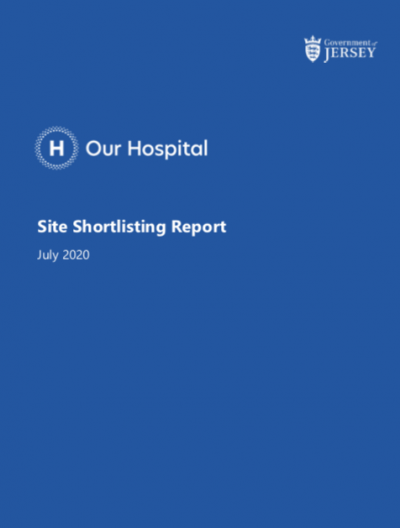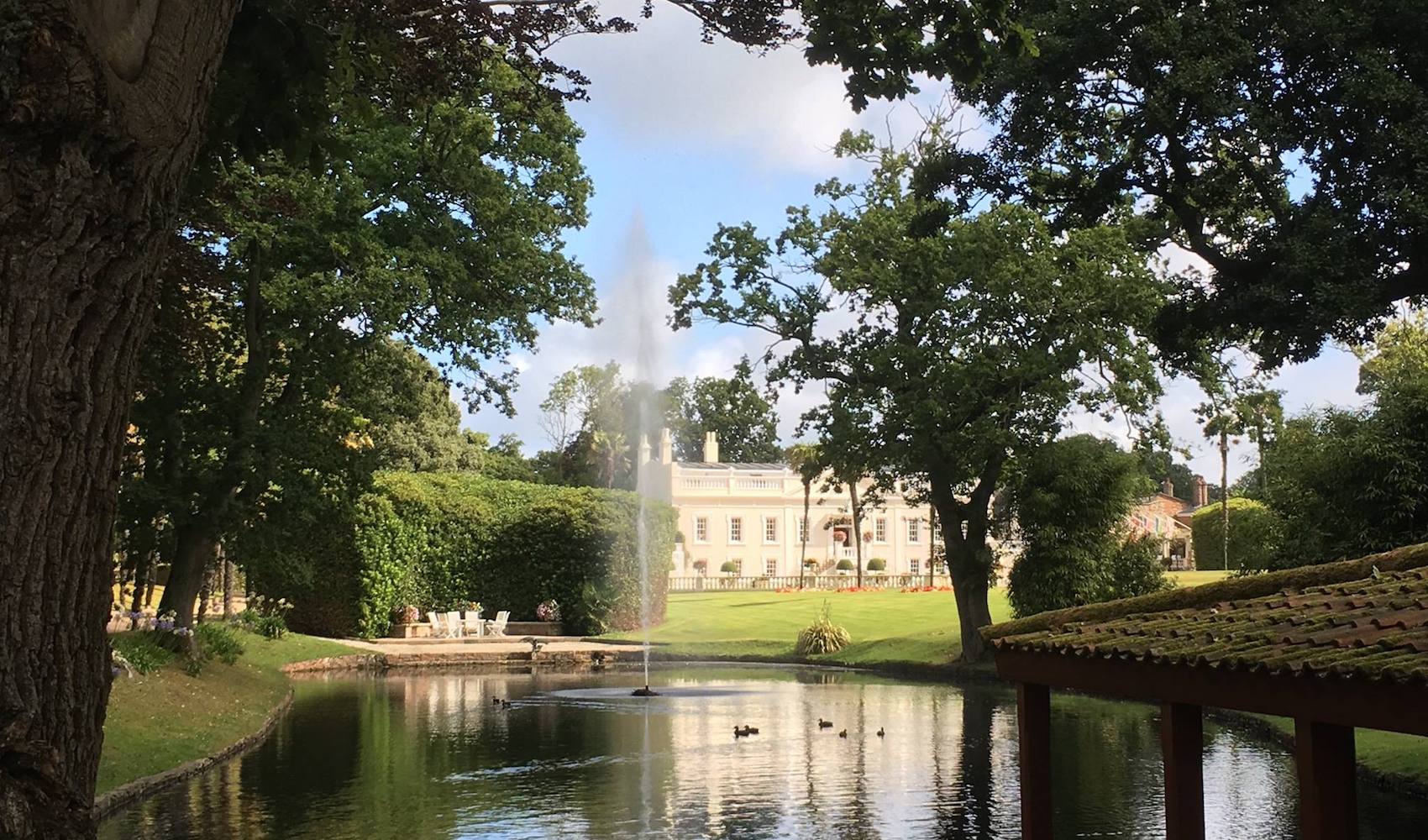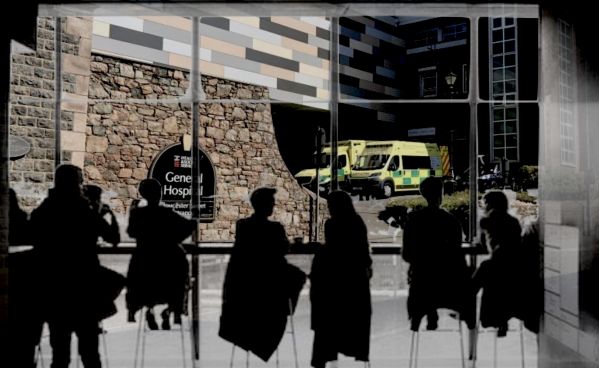


Amid confusion, frustration and even suggestions of cock-up and conspiracy over the final five sites listed for the future hospital, Express details exactly how they came to be on that list.
The long-awaited shortlist was revealed last Monday as being: St Andrew’s Park, People’s Park, Overdale, a group of fields in Five Oaks, and Millbrook Playing field plus farm land.
But, rather than being a moment of great clarity or relief, the release of the ‘final five’ was for many a source of confusion and frustration, as only one – Overdale, the Chief Minister’s long-rumoured favourite – appeared to be a truly viable option.
It wasn’t until days later that the full process was revealed in a report – the ‘Our Hospital Site Shortlisting Report’ – which was published, without fanfare, on the government's website late last week.
Here, Express digs into the detail of the process…
With States Members having finally thrown the previous Future Hospital project out last year – with a write-off cost of £27m – the Chief Minister put forward a new way of doing things.

Pictured: The recent report.
In essence, the ethos behind the freshly-named ‘Our Hospital’ project was that the net would be cast wider for sites, more clinicians would be involved in setting the criteria for what the facility would contain, and that there would be more engagement with islanders.
The process properly kicked into gear in December last year, starting with a public call for help in sourcing sites in case there were any the government’s own project team had missed.
From there, 82 were listed. Many were among those previously discussed, while others were more left-field, ranging from B&Q to Bellozanne, Pontins, FB Fields, La Collette, Elizabeth Harbour, Springfield, and even the luxurious estates of Government House and St John’s Manor.

Pictured: St. John's Manor made the final list of 17.
Meanwhile, clinical experts got working on what services would be necessary to put in the new building to ensure the highest standards of care.
In addition to clinical areas, they decided that the ground floor should have: drop-off/pick-up points, a service yard for deliveries and dumping, admin space, and at least 800 parking spaces (for any site outside of the town centre).
Having reviewed what would be necessary to include in a new hospital, a team made up of Health Department workers, the Our Hospital Project Director and consultants from MJ Medical Health Planners came up with two options for how the new build could look:
Option 1 – a main site (23.243m2) plus an adjacent ancillary site for support services (8,504m2) and car parking space.
Option 2 – a main site, including a large basement area (22,890m2) plus a larger nearby site (3,590m2), and car parking space.
There was, initially, a third option that would see mental health facilities, hospital supplies and an engineering unit placed outside of the main site, but it was decided that this was “not clinically palatable” and would be “too much of a dilution of the ambitions of the Jersey Care Model”.
Using the Option 1 and 2 criteria, the 82-strong longlist was whittled down to 39.
Figuring out a timetable for the new development came next.
With the current hospital suffering from a significant maintenance backlog, and the costs of repair steadily rising, it was decided that the island could wait no longer than 2026 for a new facility.
Any sites that couldn’t meet this deadline – either due to ownership issues or its existing use having to be relocated – were therefore thrown off the list. That took it down to 17.
Enter, the Citizens’ Panel…
As the name would suggest, the group was made up of a number of ‘everyday’ islanders – those without any connection or vested interest in the hospital project – and was touted as a way of ensuring that the people’s ‘voice’ be heard during the site selection process.
However, rather than actually choose from the list of 17, the group was simply tasked with coming up with a list of questions for another group made up of civil servants.
More than 100 people applied to be part of the group, whose membership was overseen by former Social Security Minister Francis Le Gresley.

Pictured: The identities of the Citizens Panel members have been kept secret.
In the end, 17 people were chosen, and went on to attend four meetings where they – with the help of a UK advisor and some ‘Supplementary Planning Guidance’ (not policy at the time) issued by the Environment Minister – came up with more than 20 ‘test questions’ for the remaining sites.
These were varied, ranging from standard queries over each area’s green or brownfield status, to the ‘quietness’ of each location, whether they’d be accessible via bike, whether the site would pose an increased pollution risk, whether they were under the airport flightpath or if building on the site would lead to the loss of any historic assets.
The group chose to operate in complete secrecy, with all members having voted unanimously to keep their identities hidden as a way of avoiding coming under any “pressure”. However, even now, when their key bit of work is done, the names are still not to be released.
The only information about them provided by government is that there were roughly equal numbers of males and females, 20% were over 65, 10% were under 25 and 10% from a “mainland Europe background”.
Those questions then got passed on to a new group: the ‘Site Shortlisting Panel’.
This included the Health Director General Caroline Landon, Our Hospital Clinical Director Professor Ashok Handa, Our Hospital Interim Project Director Richard Bannister, the government’s Chief of Staff Catherine Madden, the Director of Natural Environmment Willie Peggie, and advisers from across Highways and Infrastructure, Town Planning, and Hospital Planning, Architecture and Design. Express has asked for the full list of names and is awaiting a response.
That group then applied a traffic light-style system – a technique modelled on HM Treasury Green Book Guidance – to answer the questions in relation to each of the 17 shortlisted sites.
The technique involves marking something ‘green’ if it fully meets the criteria, ‘amber’ if it could meet the criteria with mitigation and ‘red’ if it fails the criteria.
Using that, they were then able to create a ‘matrix’ (a table) showing the 17 sites alongside their traffic light responses to see how each compared, and subsequently decided that five were most able to meet the Citizens’ Panel criteria.
CLICK TO ENLARGE: The key matrix in the site selection report.
But what is not clear is exactly why some of the sites that appeared to compare more favourably were taken off the list.
According to analysis by Express, had the Selection Panel looked at only the sites with the most green and amber ratings, People’s Park would have come out top, followed by Five Oaks and St Andrew’s Park equal second, and then equal third for Millbrook, Overdale, Rondels Farm Shop, fields by St. Saviour’s School and Tamba Park.
If a higher weighting is applied to those with more ‘green’ choices, then the rankings would look different again.
If green were to score three points, amber two and red one, then the list would be:
Interestingly, Overdale doesn’t make the top five, ranking 10 points below People’s Park, and as favourably as St. John’s Manor.
An appendix to the Site Shortlist Report offers a limited explanation as to why some of the higher ranking sites were thrown out – that the Selection Panel deemed many of these locations “difficult and unsustainable” and that “the impact of the building on the character of the area would be harmful”.
With this in mind, the particular inclusion of St. Andrew’s Park –the site of a church and historic dolmen – and Millbrook – which faces the sea – seem particularly at odds with this logic.
Express will be continuing to scrutinise the hospital site selection process as it develops. Keep following for updates…
Comments
Comments on this story express the views of the commentator only, not Bailiwick Publishing. We are unable to guarantee the accuracy of any of those comments.